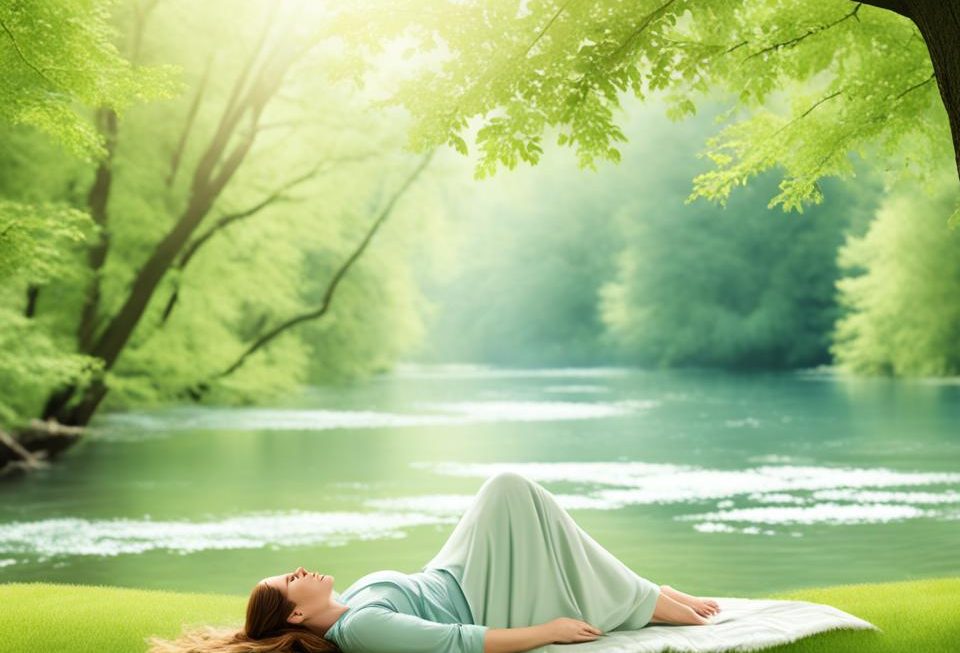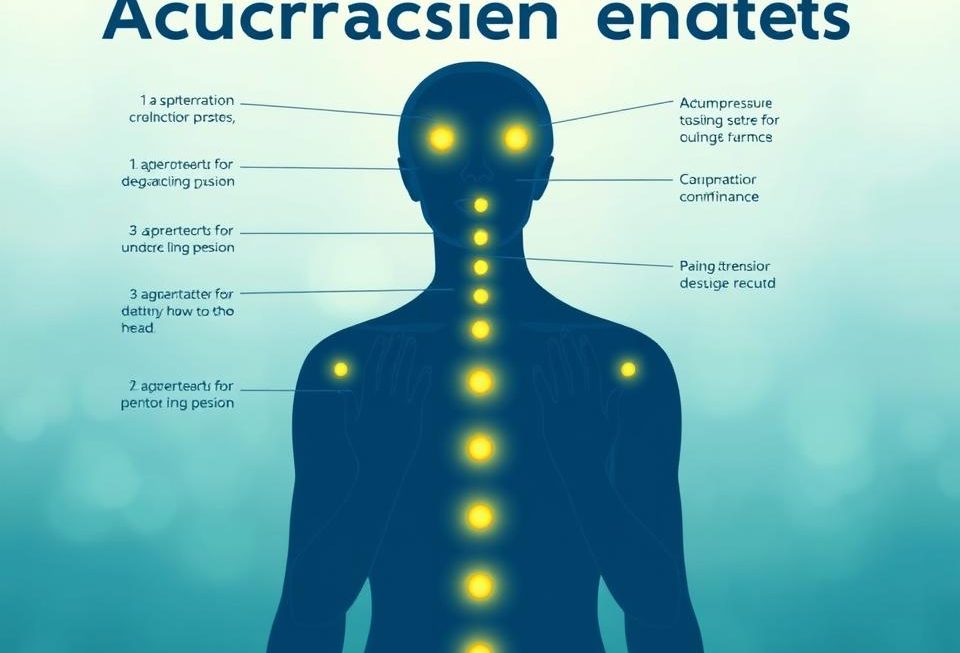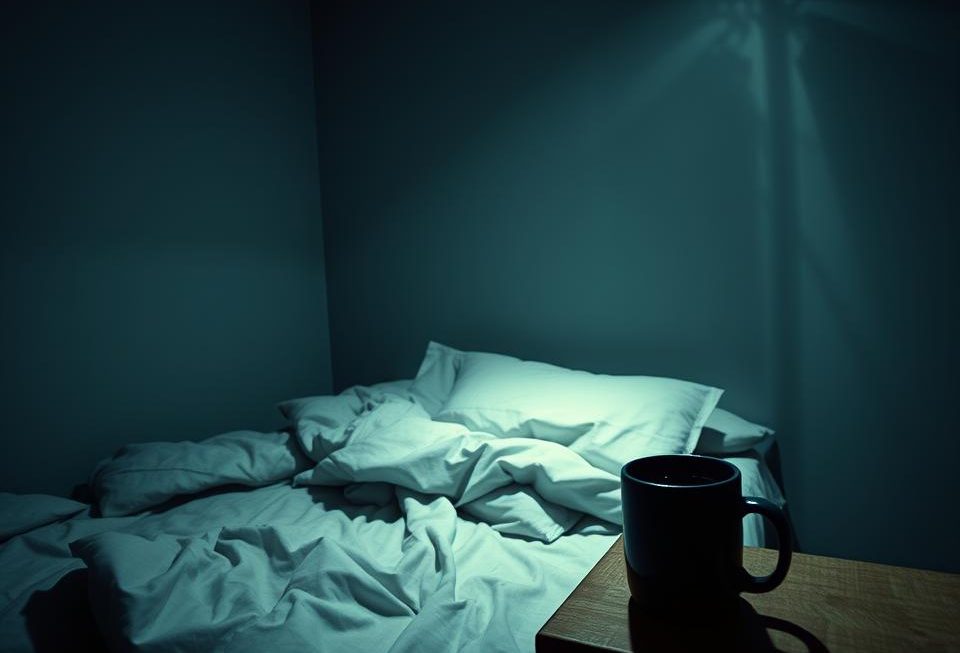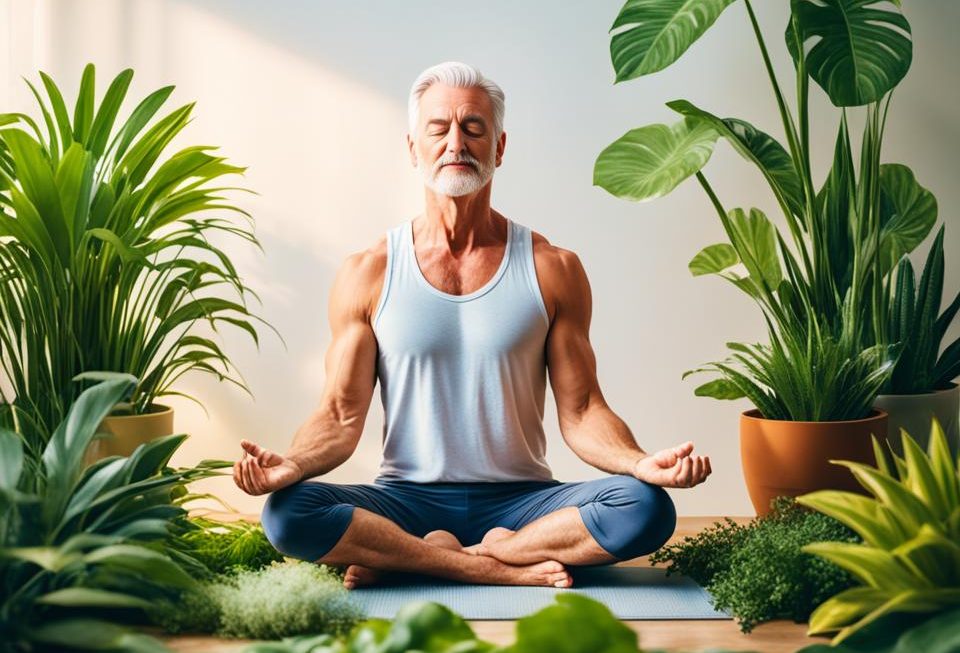In today’s fast-paced world, the ability to effectively manage stress and find moments of tranquility has become increasingly essential for maintaining well-being. This comprehensive guide aims to equip readers with a diverse range of relaxation skills and techniques to not only alleviate stress, but also enhance mindfulness and promote overall well-being. By exploring the science behind relaxation and delving into various practices such as deep breathing, progressive muscle relaxation, and meditation, this article empowers individuals to take control of their mental and physical health.
Whether you’re seeking relief from anxiety, insomnia, or simply a way to unwind, this guide offers a multifaceted approach to mastering relaxation skills. Through the incorporation of proven strategies for integrating relaxation into daily life, readers will discover the transformative power of these techniques and how they can positively impact their overall quality of life.
Read more interesting information at ::sportsnews1
Understanding the Importance of Relaxation
In our fast-paced, often stressful world, the importance of relaxation cannot be overstated. Engaging in regular relaxation practices can have a profound impact on our physical and mental well-being, offering a crucial counterbalance to the demands of everyday life. By understanding the far-reaching benefits of relaxation, we can empower ourselves to prioritize these life-enhancing skills and integrate them seamlessly into our daily routines.
Benefits of Relaxation for Physical and Mental Well-being
Regular relaxation has been shown to deliver a multitude of benefits, both physically and mentally. From reduced stress and anxiety to improved sleep quality, the positive impacts of relaxation are well-documented. Practicing relaxation techniques can also enhance focus and cognitive function, while strengthening the immune system and promoting overall physiological well-being. By cultivating a state of calm and inner peace, individuals can experience a heightened sense of emotional balance and resilience, better equipped to navigate the challenges of daily life.
Stress Management and Relaxation Techniques
Effective stress management is a critical component of achieving overall relaxation benefits. Through the incorporation of various relaxation techniques, individuals can learn to manage stress and cultivate a state of tranquility. Practices such as deep breathing, progressive muscle relaxation, and mindfulness have been widely recognized for their ability to induce a relaxation response, reducing physiological arousal and promoting a sense of calm. By mastering these relaxation techniques, readers can empower themselves to navigate stressful situations with greater ease and resilience.
By understanding the profound benefits of relaxation and exploring the diverse range of relaxation techniques available, individuals can take meaningful steps towards enhancing their physical and mental well-being. Integrating these practices into daily life can serve as a powerful tool for stress management, ultimately leading to a more balanced, fulfilling, and resilient existence.
Deep Breathing Exercises for Relaxation
Harnessing the power of deep breathing is a fundamental step in promoting relaxation and overall well-being. By engaging in deep breathing exercises, individuals can tap into the natural ability of the body to activate the parasympathetic nervous system, which is responsible for the “rest and digest” response. This section explores two highly effective deep breathing techniques that can quickly induce a state of calm: the diaphragmatic breathing technique and the 4-7-8 breathing method.
Diaphragmatic Breathing Technique
Also known as “belly breathing,” the diaphragmatic breathing technique involves taking slow, deep breaths that engage the diaphragm muscle located at the base of the lungs. This type of deep breathing exercises is particularly effective in reducing stress and anxiety, as it helps to increase oxygen intake and activate the relaxation response. To practice diaphragmatic breathing, begin by sitting or lying down in a comfortable position. Gently place one hand on your abdomen and the other on your chest. Slowly inhale through your nose, allowing your belly to rise as you fill your lungs with air. Hold the breath for a moment, then slowly exhale through your mouth, feeling your belly lower. Repeat this cycle, focusing on the movement of your diaphragm, for several minutes to experience the calming effects of diaphragmatic breathing.
4-7-8 Breathing Method
The 4-7-8 breathing method is a simple yet highly effective relaxation technique that can be easily incorporated into one’s daily routine. This breathing pattern involves inhaling for 4 seconds, holding the breath for 7 seconds, and exhaling for 8 seconds. This controlled breathing pattern helps to activate the parasympathetic nervous system, inducing a state of calm and relaxation. To practice the 4-7-8 breathing method, begin by sitting or standing in a comfortable position. Inhale through your nose for 4 seconds, hold the breath for 7 seconds, and then exhale slowly through your mouth for 8 seconds. Repeat this cycle several times, focusing on the rhythm and sensation of your 4-7-8 breathing. This simple yet powerful technique can be especially beneficial for managing anxiety, stress, and insomnia.
By incorporating these deep breathing exercises into your relaxation routine, you can unlock the numerous benefits they offer for physical and mental well-being. Whether you prefer the diaphragmatic breathing technique or the 4-7-8 method, regular practice can help you cultivate a greater sense of calm, improve focus, and enhance your overall quality of life.
Progressive Muscle Relaxation
Progressive muscle relaxation is a widely recognized relaxation technique that involves systematically tensing and releasing different muscle groups throughout the body. By consciously paying attention to the sensations of tension and relaxation, individuals can learn to identify and release physical stress, ultimately promoting a sense of calm and well-being.
The practice of progressive muscle relaxation begins by focusing on one muscle group at a time, such as the hands, arms, or legs. The individual will consciously tense that muscle group for a few seconds, then release the tension, allowing the muscle to relax. This process is repeated for each muscle group, gradually moving through the body and releasing physical stress and tension.
One of the key benefits of progressive muscle relaxation is its ability to induce a deep state of relaxation. By actively engaging the body’s muscular system, the mind becomes focused on the sensations, allowing it to disengage from stressful thoughts and worries. This heightened awareness of physical sensations can have a profound impact on reducing anxiety, improving sleep quality, and enhancing overall well-being.
However, incorporating progressive muscle relaxation into one’s daily routine can present some challenges. Individuals may struggle with maintaining focus, dealing with distractions, or finding the time to complete the full-body sequence. To address these obstacles, it’s important to experiment with different variations of the technique, such as focusing on a smaller number of muscle groups or incorporating it into a broader relaxation routine.
By mastering the practice of progressive muscle relaxation, individuals can unlock a powerful tool for managing stress and promoting a deep sense of relaxation. Whether practiced on its own or in conjunction with other relaxation techniques, this systematic approach to tensing and releasing muscle groups can be a transformative addition to one’s self-care regimen.
Guided Imagery and Visualization
Embracing the power of the mind, guided imagery and visualization emerge as powerful tools for achieving deep relaxation. These techniques invite individuals to create a peaceful mental retreat, where they can immerse themselves in serene and calming environments, effectively relieving stress and promoting a sense of well-being.
Creating a Peaceful Mental Retreat
The process of guided imagery begins with the creation of a personalized mental retreat, a safe and tranquil space where one can find solace. By visualizing themselves in a serene setting, such as a lush forest, a tranquil beach, or a cozy cabin, individuals can tap into the restorative effects of visualization and mental retreat. This practice allows the mind to focus inward, away from the distractions and pressures of daily life, enabling a profound state of relaxation.
Incorporating Sensory Details for Immersion
To further enhance the guided imagery experience, individuals can incorporate vivid sensory details into their mental retreat. By engaging the senses of sight, sound, touch, smell, and even taste, the visualization becomes more immersive and lifelike. Imagining the gentle breeze caressing the skin, the soothing sounds of nature, the aroma of flowers, or the taste of a refreshing beverage can deepen the connection between the mind and the body, leading to a profound state of relaxation.
By mastering the techniques of guided imagery and visualization, individuals can unlock the restorative power of the mind, cultivating a personal sanctuary that promotes mental and physical well-being. Through the creation of a peaceful mental retreat and the incorporation of sensory details, readers can explore the transformative benefits of these relaxation practices and integrate them into their daily lives.
Mindfulness and Meditation for Relaxation
In the pursuit of achieving a state of relaxation, the transformative power of mindfulness and meditation cannot be overstated. These practices have gained widespread recognition for their ability to manage stress, promote inner calm, and enhance overall well-being. By incorporating mindfulness and meditation into our daily routines, we can unlock the keys to unlocking profound relaxation and a heightened sense of inner peace.
Mindfulness-Based Stress Reduction (MBSR)
At the forefront of the mindfulness movement is the Mindfulness-Based Stress Reduction (MBSR) program, a widely acclaimed approach that combines the principles of mindfulness with evidence-based techniques to address the root causes of stress. Developed by Jon Kabat-Zinn, MBSR has been instrumental in helping individuals cultivate a heightened awareness of their thoughts, emotions, and physical sensations, enabling them to respond to life’s challenges with greater clarity and composure. By engaging in MBSR practices, such as body scans, sitting meditations, and gentle yoga, participants can effectively manage stress and foster a deep sense of relaxation.
Different Types of Meditation Practices
Beyond the MBSR framework, the realm of meditation offers a diverse array of practices that can contribute to a state of relaxation. From focused attention meditation, which encourages the practitioner to hone their concentration on a specific object or sensation, to open monitoring meditation, which fosters a non-judgmental awareness of the present moment, each approach can elicit a unique physiological and psychological response. Furthermore, practices like loving-kindness meditation, which cultivate compassion and positive emotions, can also serve as powerful tools for relaxation and stress reduction.
By delving into the depths of mindfulness and meditation, individuals can unlock the transformative power of these practices and integrate them into their relaxation routines. With a comprehensive understanding of MBSR and the various types of meditation, readers can embark on a journey of self-discovery, learning to harness the innate ability of the mind to promote a profound sense of calm and well-being.
Yoga and Relaxation
The practice of yoga holds a profound connection to the art of relaxation. By incorporating gentle yoga poses and integrating breathwork and meditation, individuals can harness the power of this ancient practice to achieve a profound state of mental and physical calm.
Gentle Yoga Poses for Relaxation
Gentle yoga poses, such as child’s pose, corpse pose, and restorative yoga, are specifically designed to target relaxation. These postures encourage the body to release tension, slow the breath, and quiet the mind, allowing the practitioner to sink into a state of deep rest and rejuvenation. By mindfully moving through these gentle sequences, individuals can cultivate a profound sense of relaxation and inner peace.

Incorporating Breathwork and Meditation
Integrating breathwork and meditation practices within a yoga routine can further enhance the relaxation experience. Techniques like diaphragmatic breathing and the 4-7-8 breathing method can help regulate the autonomic nervous system, inducing a state of calm. Complementing these breathing exercises with guided meditation practices, such as body scans and visualization, can deepen the connection between the mind and body, leading to a profound sense of relaxation and well-being.
By exploring the synergistic relationship between yoga, breathwork, and meditation, individuals can unlock a comprehensive approach to promoting physical and mental relaxation, ultimately enhancing their overall health and resilience.
Relaxation Skills for Specific Situations
As individuals navigate the complexities of modern life, it’s essential to equip ourselves with relaxation skills that can be tailored to address specific challenges. This section explores the application of relaxation techniques in managing anxiety, panic attacks, insomnia, and sleep-related issues, empowering readers to find relief and resilience in the face of these common concerns.
Relaxation Techniques for Anxiety and Panic Attacks
Dealing with anxiety and panic attacks can be overwhelming, but incorporating targeted relaxation skills can provide a sense of control and calm. Deep breathing exercises, such as the diaphragmatic breathing technique, can help regulate the nervous system and alleviate the physical symptoms of anxiety. Additionally, engaging in progressive muscle relaxation, where individuals systematically tense and release muscle groups, can effectively reduce tension and promote a state of relaxation.
Visualization and guided imagery can also be powerful tools in managing anxiety and panic attacks. By creating a peaceful mental retreat, individuals can transport themselves to a calming environment, distracting the mind from the source of distress and inducing a sense of serenity.
Relaxation Strategies for Insomnia and Sleep Issues
Achieving quality sleep is essential for overall well-being, and incorporating relaxation practices can be instrumental in addressing insomnia and sleep-related challenges. Engaging in mindfulness meditation, with a focus on the breath or body sensations, can help quiet the mind and facilitate the transition to a state of deep relaxation, making it easier to fall and stay asleep.
Practicing yoga, with an emphasis on gentle poses and breathwork, can also promote relaxation and improve sleep quality. By integrating these techniques into one’s bedtime routine, individuals can establish a soothing environment that supports a restful and restorative night’s sleep.
By equipping readers with a comprehensive understanding of relaxation skills tailored to specific situations, this section empowers them to navigate challenging circumstances with greater ease and resilience, fostering overall well-being and a renewed sense of stress management.
Creating a Relaxation Routine
Integrating relaxation practices into your daily life is essential for maintaining a healthy lifestyle and promoting overall well-being. By establishing a personalized relaxation routine, you can cultivate a sense of balance and resilience, empowering you to navigate the demands of modern life with greater ease.
Establishing a Relaxation Practice Schedule
One of the key factors in successfully incorporating relaxation practice into your lifestyle is consistency. Designate specific times throughout your day or week when you will dedicate yourself to relaxation activities, such as a morning meditation or an evening yoga session. By creating a structured relaxation practice schedule, you can reinforce the habit and reap the long-term benefits of these restorative activities.
Customizing Your Relaxation Routine
No two individuals are alike, and the same holds true for their relaxation needs. Take the time to explore and experiment with various relaxation techniques, such as deep breathing, guided imagery, and progressive muscle relaxation, to determine which ones resonate most with you. By customizing your relaxation routine to align with your personal preferences, available resources, and specific requirements, you can create a holistic approach to well-being that seamlessly integrates into your lifestyle.
Remember, the key to a successful relaxation routine is finding the right balance between structure and flexibility. By establishing a consistent practice while remaining open to exploring new techniques, you can cultivate a sustainable and impactful lifestyle integration of relaxation skills that support your overall health and happiness.
Relaxation Skills for Specific Age Groups
Relaxation is a crucial aspect of well-being, and it becomes even more important when considering the unique needs and challenges faced by different age groups. This section delves into the tailored relaxation techniques that cater to children, adolescents, and older adults, empowering readers to support the age-specific relaxation requirements of their loved ones.
Relaxation Techniques for Children and Adolescents
Engaging children and adolescents in relaxation practices can be a delightful and transformative experience. Guided imagery is a particularly effective technique, allowing young minds to escape to imaginary realms filled with calming scenes and soothing sensations. Mindfulness exercises, such as simple breath awareness activities and body scans, can also help children and adolescents cultivate a greater sense of present-moment awareness and inner peace.
Additionally, gentle movement-based practices, like yoga and tai chi, can be especially beneficial for children and adolescents, promoting physical relaxation while also fostering emotional and mental well-being. By engaging in these age-appropriate relaxation techniques, young individuals can learn valuable coping strategies to navigate the unique challenges they face, from academic stress to social pressures.
Relaxation Strategies for Older Adults
As individuals enter the later stages of life, relaxation takes on a renewed significance. Older adults may face various physical and cognitive changes that can impact their ability to unwind and manage stress effectively. Incorporating relaxation strategies tailored to their needs can be instrumental in promoting overall well-being and resilience.
Gentle chair-based yoga, mindful breathing exercises, and guided imagery can be particularly beneficial for older adults, as they offer low-impact methods to alleviate physical tension and mental fatigue. Engaging in these relaxation techniques can also help older adults maintain cognitive function, enhance mood, and foster a greater sense of emotional balance.
By understanding the unique relaxation needs of different age groups and incorporating the appropriate relaxation techniques, individuals can empower themselves and their loved ones to navigate the various stages of life with greater ease, resilience, and overall well-being.
Relaxation Skills and Technology
As our lives become increasingly reliant on digital devices and technology, it’s crucial to explore how these tools can enhance and support our relaxation practices. The modern landscape of
relaxation technology
,
relaxation apps
, and
digital resources
offers a wealth of opportunities to integrate
technology-assisted relaxation
seamlessly into our daily routines.
Relaxation Apps and Digital Resources
The proliferation of relaxation apps has revolutionized the way we access and engage with relaxation techniques. These mobile applications provide users with a vast array of guided meditations, soothing soundscapes, biofeedback tools, and personalized relaxation programs tailored to their specific needs. With the convenience of these digital resources, individuals can easily incorporate relaxation practices into their daily lives, whether they’re commuting, working, or winding down before bed.
Beyond mobile apps, the internet has become a treasure trove of relaxation technology, offering a wide range of online resources and tools to support one’s relaxation journey. Websites dedicated to mindfulness, meditation, and stress management provide access to educational content, interactive exercises, and even live-streamed classes, empowering users to explore and customize their technology-assisted relaxation experiences.
The integration of biofeedback technology further enhances the relaxation technology landscape, providing real-time data on physiological indicators such as heart rate, breathing patterns, and skin conductance. By leveraging these insights, individuals can gain a deeper understanding of their stress levels and tailor their relaxation apps and digital resources accordingly, fostering a more personalized and effective technology-assisted relaxation practice.
As the digital world continues to evolve, the intersection of relaxation skills and technology presents an exciting frontier, empowering individuals to harness the power of digital resources to complement and amplify their relaxation routines. By embracing the accessibility and convenience offered by relaxation apps and other technology-assisted relaxation tools, we can cultivate a more holistic approach to well-being and resilience in the modern era.
Relaxation in the Workplace
In the fast-paced and demanding world of the modern workplace, the importance of incorporating workplace relaxation practices cannot be overstated. As employees navigate the challenges of office relaxation, stress management, and maintaining productivity, the need for effective corporate wellness programs has become increasingly apparent.
Stress Management and Relaxation in the Office
The office environment can often be a breeding ground for stress, with long hours, tight deadlines, and the constant pressure to perform. To mitigate the detrimental effects of stress, employers should encourage the integration of relaxation techniques into the daily work routine. Simple exercises, such as short breathing exercises, mindfulness breaks, and guided visualizations, can help employees regain a sense of calm and focus, ultimately leading to improved productivity and overall well-being.
Corporate Wellness Programs
Recognizing the value of a healthy and engaged workforce, forward-thinking organizations are increasingly implementing comprehensive corporate wellness programs. These programs often incorporate a range of relaxation offerings, including yoga classes, meditation workshops, and massage therapy sessions. By fostering a culture of well-being, companies can not only support their employees’ stress management efforts but also reap the benefits of a more motivated, resilient, and productive team.
| Relaxation Technique | Benefits for Employees | Benefits for Employers |
|---|---|---|
| Short Breathing Exercises | Reduced stress and anxiety, improved focus | Increased productivity, reduced absenteeism |
| Mindfulness Breaks | Enhanced cognitive function, emotional regulation | Improved decision-making, better collaboration |
| Guided Visualizations | Decreased tension, improved mood and creativity | Stronger employee engagement, reduced burnout |
By embracing the power of workplace relaxation and implementing comprehensive corporate wellness programs, organizations can foster a thriving work environment that supports the physical, mental, and emotional well-being of their employees, ultimately driving productivity and organizational success.
Combining Relaxation Skills with Other Therapies
As individuals seek to achieve holistic well-being, the integration of relaxation skills with other therapeutic approaches has become increasingly recognized as a powerful strategy. By leveraging the synergistic benefits of complementary modalities, individuals can enhance the effectiveness of their relaxation practice and address a wider range of physical, mental, and emotional concerns.
Relaxation and Cognitive-Behavioral Therapy (CBT)
Relaxation techniques, such as deep breathing and guided imagery, can be seamlessly incorporated into Cognitive-Behavioral Therapy (CBT) to amplify the benefits of this evidence-based approach to mental health treatment. By combining relaxation practices with cognitive restructuring and behavioral modification, individuals can more effectively manage stress, reduce anxiety, and cultivate a greater sense of emotional regulation. This integrated approach helps individuals develop a toolbox of strategies to navigate challenging thoughts, emotions, and behaviors, ultimately promoting long-term well-being.
Relaxation and Complementary Therapies
Integrating relaxation skills with complementary therapies can provide a more holistic and well-rounded approach to overall health and wellness. Practices like massage, acupuncture, and aromatherapy can work in tandem with relaxation techniques to address both physical and mental aspects of stress and tension. For example, incorporating deep breathing exercises during a therapeutic massage can enhance the relaxation response, while the use of essential oils can further promote a sense of calm and balance. By leveraging the synergies between relaxation and complementary therapies, individuals can experience a more profound and lasting impact on their well-being.
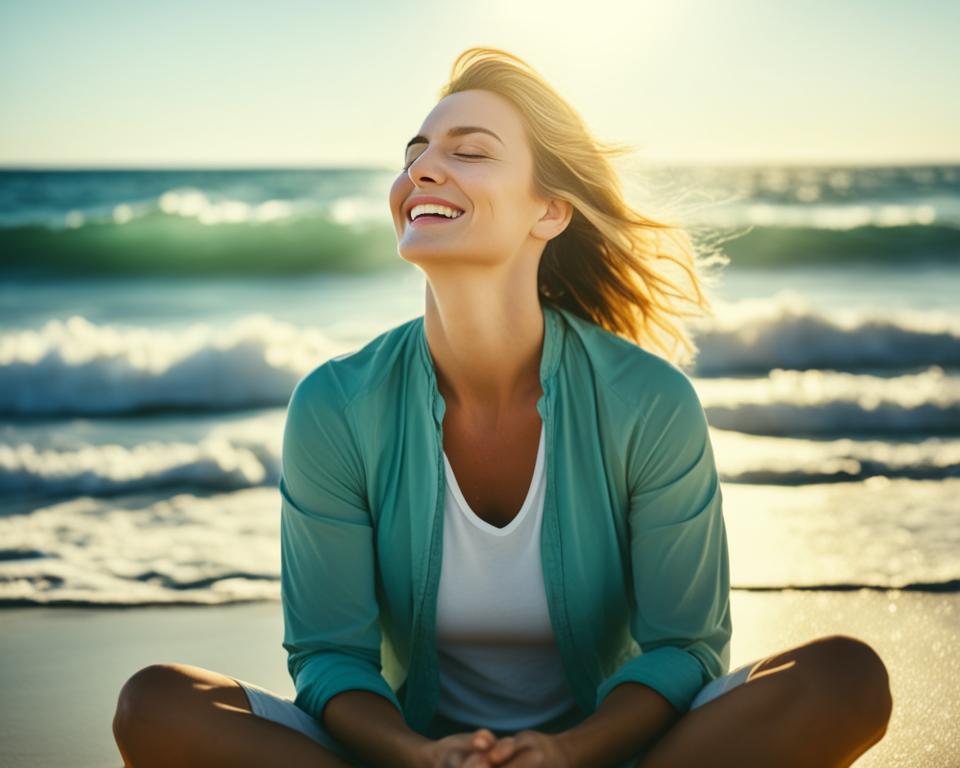
By understanding the complementary nature of these therapeutic modalities, individuals can discover how to leverage a multifaceted approach to achieve optimal relaxation and overall mental and physical health. This integrated approach empowers individuals to address a wide range of concerns, from stress management to emotional well-being, through the strategic combination of relaxation skills and other evidence-based or complementary therapies.
Overcoming Challenges in Relaxation Practice
While the benefits of incorporating relaxation skills into one’s daily life are well-documented, the journey to mastering these practices is not without its challenges. From dealing with distractions and negative thoughts to maintaining consistent motivation, individuals may encounter various obstacles along the way. However, with the right strategies and a resilient mindset, these hurdles can be overcome, empowering you to fully embrace the transformative power of relaxation.
Dealing with Distractions and Negative Thoughts
One of the primary challenges in maintaining a consistent relaxation practice is the ever-present threat of distractions and negative thoughts. Whether it’s the constant pull of digital devices, the lingering worries about work or personal matters, or the internal critic that doubts your ability to relax, these mental and environmental distractions can disrupt your focus and hinder your progress. To overcome this challenge, it’s essential to cultivate strategies for managing these disruptions. This may involve setting boundaries around technology, practicing mindfulness techniques to gently redirect your attention, or engaging in self-compassion exercises to address negative self-talk.
Staying Motivated and Consistent
Establishing a sustainable relaxation practice requires not only overcoming distractions but also maintaining long-term motivation and consistency. It’s natural for enthusiasm to wane and commitment to waver, especially during times of heightened stress or busy schedules. To maintain your motivation and consistency, consider implementing reminders, setting achievable goals, and celebrating small milestones along the way. Surrounding yourself with a supportive community or finding an accountability partner can also be invaluable in keeping your relaxation practice a priority. Remember, the journey to mastering relaxation skills is a gradual one, and embracing patience and self-compassion will be crucial to your success.
By addressing these common challenges and equipping yourself with practical strategies, you can navigate the path to relaxation with greater resilience and perseverance. Embrace the process, celebrate your progress, and trust that with consistent effort, the rewards of a well-cultivated relaxation practice will continue to unfold, enhancing your overall well-being and quality of life.
